Sustainable Stands: Options and Considerations for a Greener Future
Sustainable stands are an increasingly common practice in the trade fair and event industry. These are stands that are built with sustainable materials, using techniques and practices that minimize environmental impact.
The importance of sustainable stands lies in the need to reduce the carbon footprint and environmental impact of the fair and events industry. (if you want to know more about the Carbon footprint and how to reduce it you can follow this link) These events often generate large quantities of waste and greenhouse gas emissions, which contributes significantly to climate change.
Sustainable stands offer a solution to this problem by using renewable, recycled or biodegradable materials, as well as implementing sustainable practices in the construction and operation of stands. In addition to reducing environmental impact, sustainable stands can also improve the image and reputation of the exhibiting companies, showing their
commitment to sustainability and care of the environment.
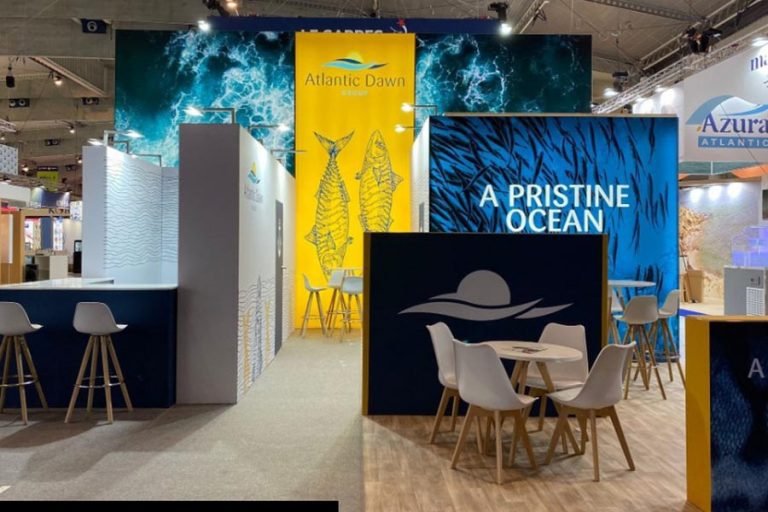
The modular systems They are an increasingly popular alternative to traditional carpentry stands, as they allow the reuse of components and the reduction of the use of materials and resources. Additionally, the aluminum used in modular systems often has a footprint
lower carbon than the wood used in the construction of stands
traditional carpentry.
Regarding the regulation of fairs, many organizations and associations in the sector are implementing sustainability norms and standards to promote the practice of sustainable stands. These regulations may include incentives for exhibitors that implement sustainable practices, as well as certifications and recognitions for stands that meet established standards.
In summary, sustainable stands are an important and increasingly common practice in the trade fair and event industry. They offer a solution to reduce the environmental impact of these events,
improve the image and reputation of exhibiting companies and comply with the regulations and sustainability standards of the sector.
Modular systems vs. traditional carpentry in terms of sustainability.
An effective way to evaluate the sustainability of trade show stands is by comparing different options. In this table, we present a comparison between modular stands and the craft stands in terms of its environmental, economic and social impact. The information presented here can help you make an informed decision when choosing the type of stand that best suits your needs and sustainable goals.
| Aspect | Modular stands | carpentry stands |
|---|---|---|
| Materials | They are usually made of aluminum, which is lighter and more durable than wood. The components are reusable and can be recycled at the end of their useful life. | They are usually made from wood, which is a renewable resource but requires cutting down trees and can be heavier and more difficult to transport than aluminum. |
| Energy efficiency | Modular stands usually require less energy to build, since their design and manufacturing are more efficient than carpentry stands. Additionally, the materials used in modular systems typically have a lower carbon footprint than the wood used in the construction of carpentry stands. | Woodworking stands can require more energy to build, as more complex tools and processes are needed to cut, assemble and shape the wood. Additionally, the wood used may have a higher carbon footprint than the aluminum used in modular systems. |
| Durability and reusability | The components of modular systems can be reused several times, making them more durable and sustainable. Furthermore, being modular, they can be easily adapted to different spaces and needs, which makes them more versatile. | Woodworking stands can be more difficult to reuse as they are custom built and may be more difficult to adapt to other spaces and needs. Additionally, the wood used can be more susceptible to damage and wear than the aluminum used in modular systems. |
| Emissions and waste | Modular systems generate less waste and emissions during manufacturing, transportation and installation, making them more sustainable. Additionally, at the end of their useful life, components can be recycled or reused, reducing their environmental impact. | Carpentry stands can generate more waste and emissions during manufacturing, transportation and installation, since more wood and tools are required for their construction. Additionally, at the end of their useful life, stands may be more difficult to recycle or reuse, increasing their environmental impact. |
In conclusion, the choice of sustainable materials in the construction of stands can have a significant impact on the sustainability of fairs. Compared to carpentry stands, modular stands offer a number of advantages in terms of sustainability. The use of sustainable materials such as aluminum in modular stands reduces the carbon footprint and contributes to greater energy efficiency
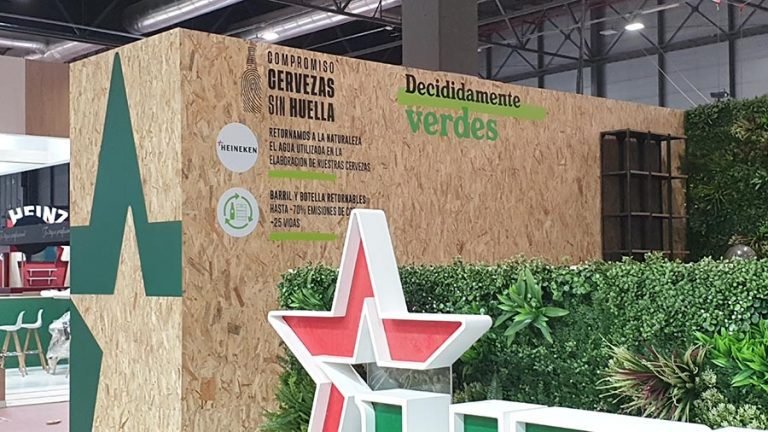
Construction of sustainable stands: What materials are the most suitable?
Choosing eco-friendly materials for stand construction is one of the most effective ways to ensure sustainable stands. By choosing sustainable materials, you can reduce carbon emissions, decrease waste of natural resources, and minimize overall environmental impact.
The difference between a sustainable material and one that is not lies in its certification. Building sustainably means respecting all these certifications
Below are some options for sustainable materials commonly used in stand construction, along with the certifications available for each:.

Wood
Wood is a popular material for booth construction due to its durability and natural appearance. To ensure that the wood used in the construction of the stand is sustainable, it is important to seek Forest Stewardship Council (FSC) or Program for the Endorsement of Forest Certification (PEFC) certification. These certifications ensure that the wood comes from responsibly and sustainably managed forests.
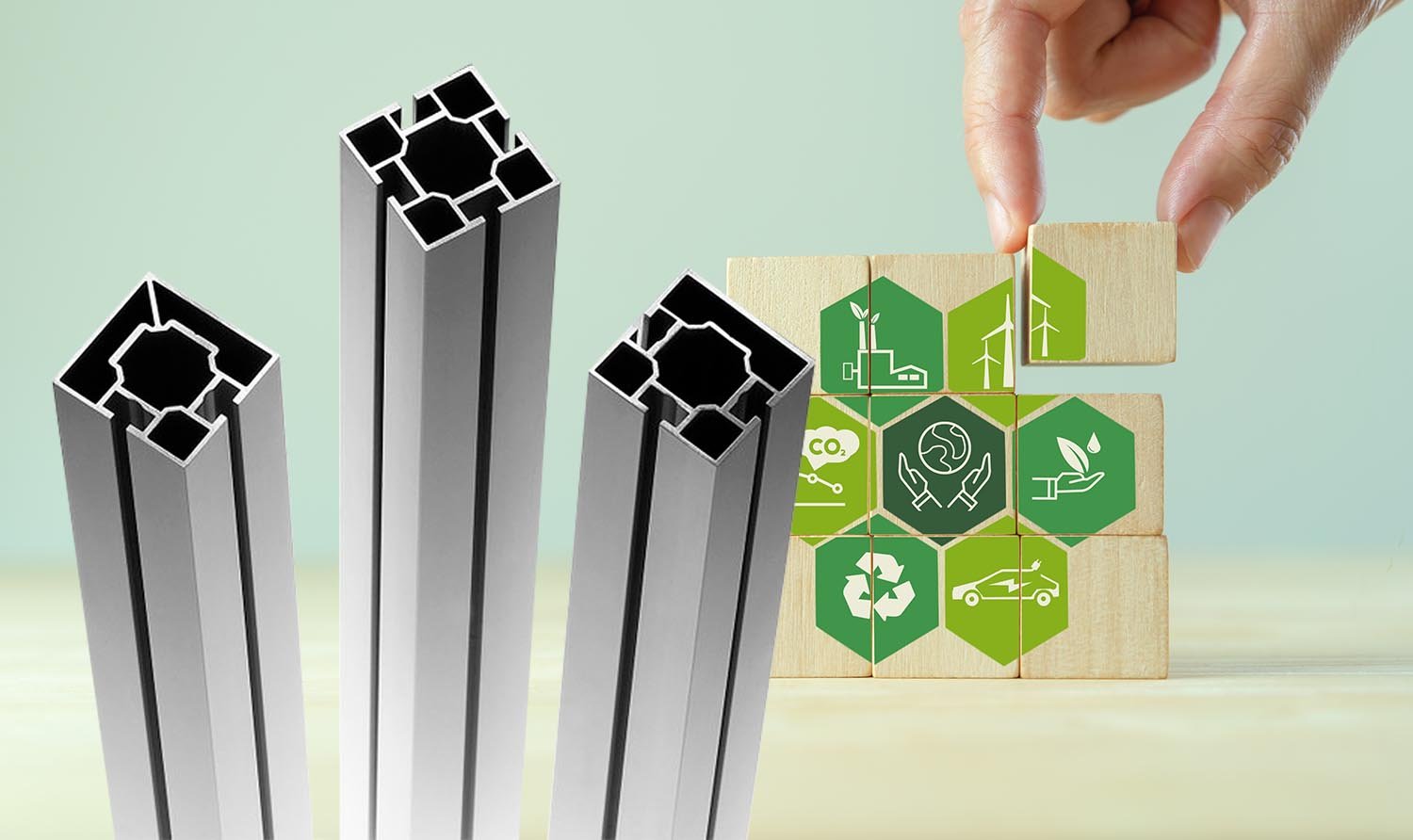
Aluminum
Aluminum is a recyclable and lightweight material, which also makes it very popular for building modular stands. Modular stands are a sustainable option as they can be easily reused and recycled. The aluminum used in the construction of the stand must meet the standards of the Aluminum Stewardship Initiative (ASI) to ensure that it has been produced responsibly and sustainably.

Cardboard
Cardboard is a recyclable and biodegradable material, which makes it an excellent option for temporary stands. Cardboard can be used to create attractively designed stands and can also be customized to include company branding. To ensure that the cardboard used in the construction of the stand is sustainable, Forest Stewardship Council (FSC) or Sustainable Forestry Initiative (SFI) certification should be sought.

Glass
Glass is a recyclable and durable material that is commonly used to create stands (it is normally used in offices or meeting rooms). To ensure that the glass used in the construction of the stand is sustainable, Cradle to Cradle (C2C) certification should be sought, which ensures that the glass has been produced with materials that are safe for human health and the environment, and can be recycled. indefinitely.

Tarps
Tarps are a versatile material that can be used to create walls and ceilings in stands. To ensure that the tarps used are sustainable, you should look for those that are made from recycled materials and are biodegradable. In addition, certifications such as the Global Recycle Standard (GRS) or Oeko-Tex Standard 100 can be sought to ensure that the tarps do not contain toxic substances.
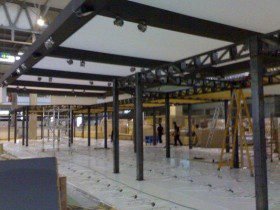
Locksmith
The locksmithing of mezzanines and other structural elements in the stands can be manufactured with sustainable materials such as recycled or ASI-certified steel.
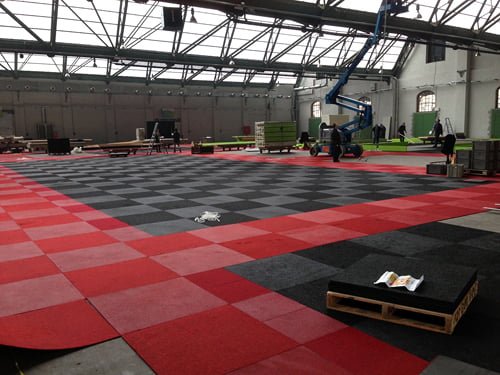
Carpet
Carpets are a popular choice for booth floor covering as they are durable and comfortable to walk on. Sustainable carpets are made from recycled or renewable materials, such as cotton, and can be certified by organizations such as the Carpet and Rug Institute (CRI) or Cradle to Cradle (C2C).
In short, choosing sustainable materials is a key part of building sustainable stands. It is important to look for recognized certifications and use recycled and renewable materials whenever possible. By doing so, you can create a stand that not only attracts more visitors to trade shows, but also reflects the company's commitment to sustainability.
Modular sustainable stands: Learn about the most used systems
Modular systems are a popular choice for creating stands at trade shows and exhibitions due to their versatility and ability to customize designs. Some of the most used modular systems are Aluvision, BeMatrix, Pila, Maxima, Octanorm, AGAM and Duo Display. Each system has its own advantages and is used in different parts of the world. In addition, these modular systems also allow you to create sustainable stands, using recyclable materials and reducing the amount of waste.
| System | Cost | Innovation | Geographic use |
|---|---|---|---|
| alluvision | High | It offers the possibility of using high-resolution LED screens and has a wide variety of accessories to personalize the stands. | Europe |
| BeMatrix | Medium-high | It uses honeycomb cardboard panels to create very light and resistant structures, which makes it ideal for large and tall stands. | Europe |
| Stack | Half | Easy assembly and versatility in creating custom designs. | Europe |
| Maxima | High | Great resistance and stability for large and tall stands. | Europe, USA |
| Octanorm | Low-medium | One of the most popular modular systems in the world thanks to its availability and ease of assembly. | Global |
| AGAM | Medium-high | Offers a wide variety of accessories and customization options for intensive use stands. | USA |
| DuoDisplay | Half | It uses stretched fabric panels to create stands with curved, wavy walls, making it ideal for stands with a more creative design. | Europe |






